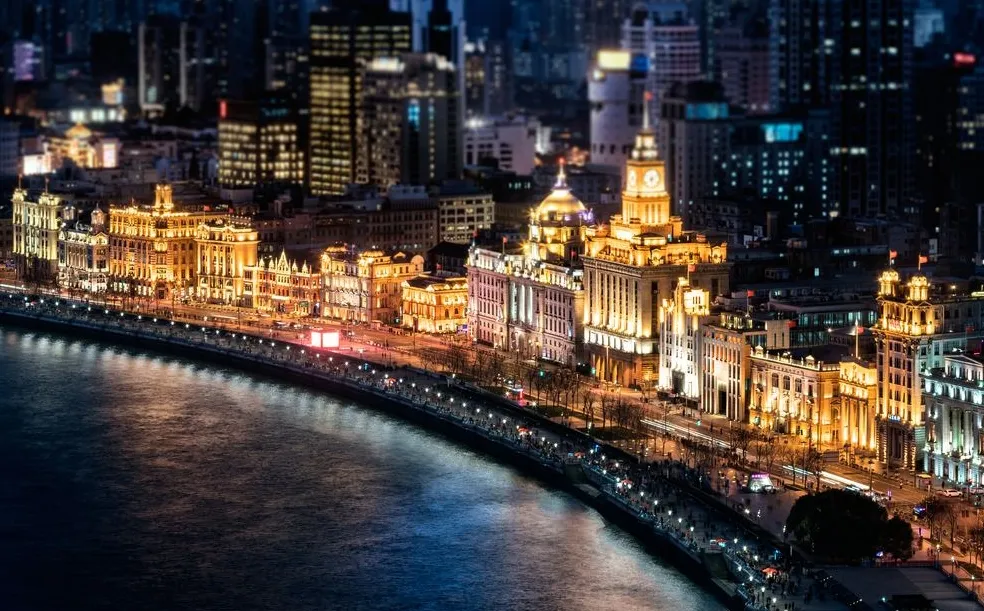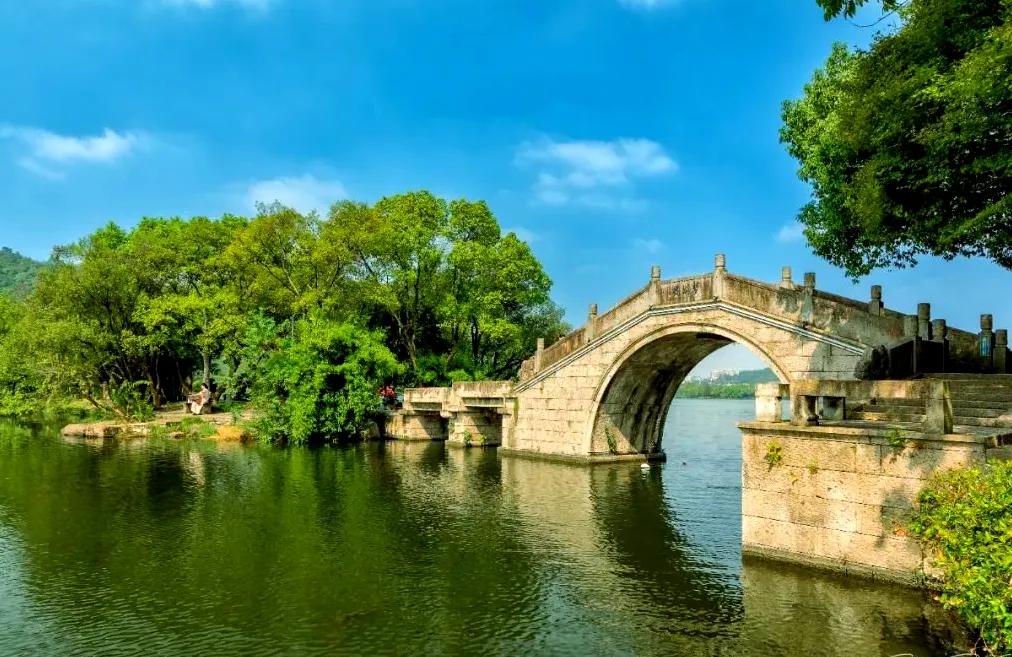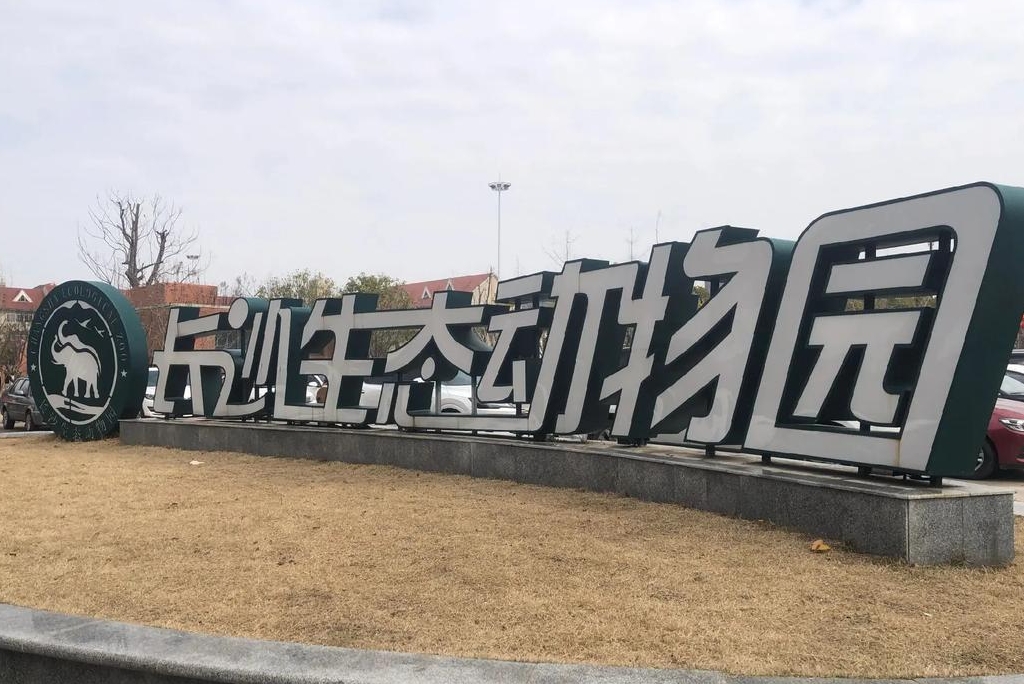Discover the Charm of Shanghai’s Most Iconic Waterfront
Shanghai is a city where ancient traditions meet futuristic skylines. At its heart lies a historic stretch of coastline that captures the essence of this duality. The Bund is more than just a scenic walkway—it’s a living museum of architectural grandeur and cultural evolution.
While millions visit each year for panoramic views of Pudong’s skyline, few explore the hidden layers beneath the surface. This guide uncovers the lesser-known stories, secret spots, and immersive walking tours that bring The Bund to life beyond postcard snapshots.
From colonial-era buildings with mysterious pasts to quiet alleys echoing with jazz-age whispers, we’ll walk you through experiences that most tourists miss. Whether you’re a first-time visitor or a seasoned traveler, these insights will deepen your connection to one of Asia’s most iconic urban landscapes.
Uncover the History Behind The Bund’s Skyline
The Bund was once the financial epicenter of the Far East. In the early 20th century, foreign powers established banks, trading houses, and consulates along this stretch of the Huangpu River.
These buildings reflect a blend of neoclassical, Gothic, and Art Deco styles. Each façade tells a story of global ambition and cultural exchange. The Customs House clock, modeled after London’s Big Ben, still chimes every hour—a relic of British influence.
Today, many structures have been repurposed. Former banks now host luxury boutiques, fine dining restaurants, and art galleries. Yet, their original details—marble columns, brass elevators, and hand-laid mosaics—remain intact.
Walking along The Bund at dusk, when golden lights reflect off the river, feels like stepping into a cinematic moment. Understanding the history enhances the experience, transforming a simple stroll into a journey through time.
Secret Courtyards and Hidden Passages
Beyond the grand facades, tucked between buildings, lie forgotten courtyards and narrow lanes. Few tourists venture into these spaces, but they offer some of the most authentic moments along the waterfront.
One such spot is Yuanmingyuan Road, just behind the British Consulate. This quiet lane features restored 1920s architecture and boutique cafes. It’s a peaceful contrast to the bustling promenade.
Another hidden gem is the alleyway beside No. 27—the former Palace Hotel. Step inside, and you’ll find a preserved courtyard with original tiling and a vintage elevator shaft. Locals often use it as a shortcut, unaware of its historical significance.
Exploring these areas requires curiosity, not a map. Look for unmarked doors, old signage, or changes in pavement texture. These subtle cues often lead to overlooked architectural treasures.
Architectural Highlights Along The Bund
The Bund is an open-air gallery of early 20th-century design. Each building has unique features worth examining up close. Here are a few standouts:
- No. 12 – HSBC Building: Known for its massive bronze lions and domed ceiling, now home to the Shanghai Pudong Development Bank.
- No. 15 – Chartered Bank of India, Australia and China: Features intricate stone carvings and a symmetrical façade.
- No. 29 – Sun Building: A rare example of Streamline Moderne style, with curved corners and nautical motifs.
Take time to study the details: gargoyles, inscriptions, and wrought-iron railings. Many were crafted by European artisans who settled in Shanghai during the concession era.
A pair of binoculars or a telephoto lens can reveal elements invisible from street level. Even better, join a guided architecture walk—some focus exclusively on craftsmanship and symbolism embedded in the stonework.
Best Times to Explore The Bund on Foot
Timing can transform your experience. Most visitors come at night for the dazzling skyline views. But early mornings offer something different: tranquility and soft light.
From 6:00 to 8:00 AM, locals practice tai chi, dance, or walk their dogs. The air is crisp, and the reflections on the river are mirror-like. It’s the perfect time for photography and quiet contemplation.
Late afternoon, around 4:00 PM, is ideal for walking tours. The sun casts long shadows across the buildings, highlighting textures and colors. By 6:30 PM, the Pudong skyline begins to glow, creating a dynamic backdrop.
Avoid weekends and holidays if possible. The Bund can become overcrowded, especially near the main viewing platforms. Weekday mornings provide the most authentic atmosphere.
Guided Walking Tours with Local Experts
While self-guided walks are rewarding, a knowledgeable guide can unlock deeper narratives. Several companies offer themed tours focusing on history, architecture, or even espionage during the 1930s.
Look for tours led by historians or long-time residents. They often share personal anecdotes and lesser-known facts—like which building once housed a secret opium den or served as a wartime spy hub.
Some notable options include:
| Tour Name | Focus | Duration |
|---|---|---|
| Shanghai Heritage Walks | Colonial history & architecture | 2 hours |
| Context Travel | In-depth cultural analysis | 3 hours |
| Lost Plate Food Tours | Street food near The Bund | 3.5 hours |
These tours often start early to avoid crowds and may include access to restricted areas or private courtyards. Booking in advance is recommended, especially during peak seasons.
Off-the-Beaten-Path Attractions Nearby
Venturing slightly off The Bund reveals hidden cultural pockets. One such place is Rockbund Art Museum, housed in a 1932 church building. It showcases contemporary Chinese art in a serene, light-filled space.
Another gem is Suzhou Creek, just north of The Bund. Once industrial, it’s now lined with galleries, cafés, and restored warehouses. The pathway offers quiet views of repurposed factories and floating gardens.
For a taste of old Shanghai, visit Yongfeng Art Museum near Chengdu Road. Housed in a former tobacco factory, it features rotating exhibits on Republican-era design and lifestyle.
These spots are easily reachable on foot and provide balance to the grandeur of The Bund. They reflect the city’s ongoing dialogue between preservation and progress.
Photography Tips for Capturing The Bund’s Essence
The Bund is a photographer’s dream, but capturing its soul requires more than wide-angle shots. Begin with composition: use the railing as a leading line, or frame Pudong’s towers through archways.
Golden hour—just after sunrise or before sunset—provides warm, even lighting. Blue hour, the 20 minutes after sunset, is best for cityscapes with illuminated reflections.
Don’t ignore details. Close-ups of weathered plaques, vintage lampposts, or ripples in the river add narrative depth. Try shooting from the river itself—ferries and sightseeing boats offer unique vantage points.
Finally, limit digital distractions. Put your phone away and observe. Some of the most powerful images come from moments of stillness.
How to Combine The Bund with Other Historic Districts
To fully appreciate Shanghai’s evolution, pair your visit with nearby neighborhoods. One logical extension is Nanjing Road, which begins at The Bund and stretches west as a bustling shopping corridor.
For contrast, head south to Xintiandi. This restored Shikumen district blends traditional lane houses with modern dining and nightlife. It’s a great place to reflect on urban renewal.
Alternatively, take the ferry to Lujiazui on the Pudong side. From there, you can view The Bund from across the river—a perspective that highlights the dialogue between old and new.
Walking all three areas in one day is feasible and rewarding. Start at The Bund at sunrise, move to Nanjing Road for mid-morning, and end in Xintiandi for lunch and leisure.
Final Thoughts: Experience The Bund Like a Local
The Bund is more than a tourist attraction—it’s a cultural artery pulsing with history and possibility. To truly appreciate it, go beyond the obvious viewpoints and embrace exploration.
Visit during quiet hours, engage with local guides, and wander into unmarked lanes. Let curiosity lead you to forgotten courtyards and hidden stories.
Whether you’re drawn to architecture, photography, or urban history, The Bund offers layers waiting to be uncovered. Plan thoughtfully, walk mindfully, and you’ll leave with more than just photos—you’ll carry a deeper understanding of Shanghai’s soul.
As the city continues to evolve, these hidden gems serve as anchors to the past. Preserve them not just in memory, but through responsible tourism and respectful exploration.



